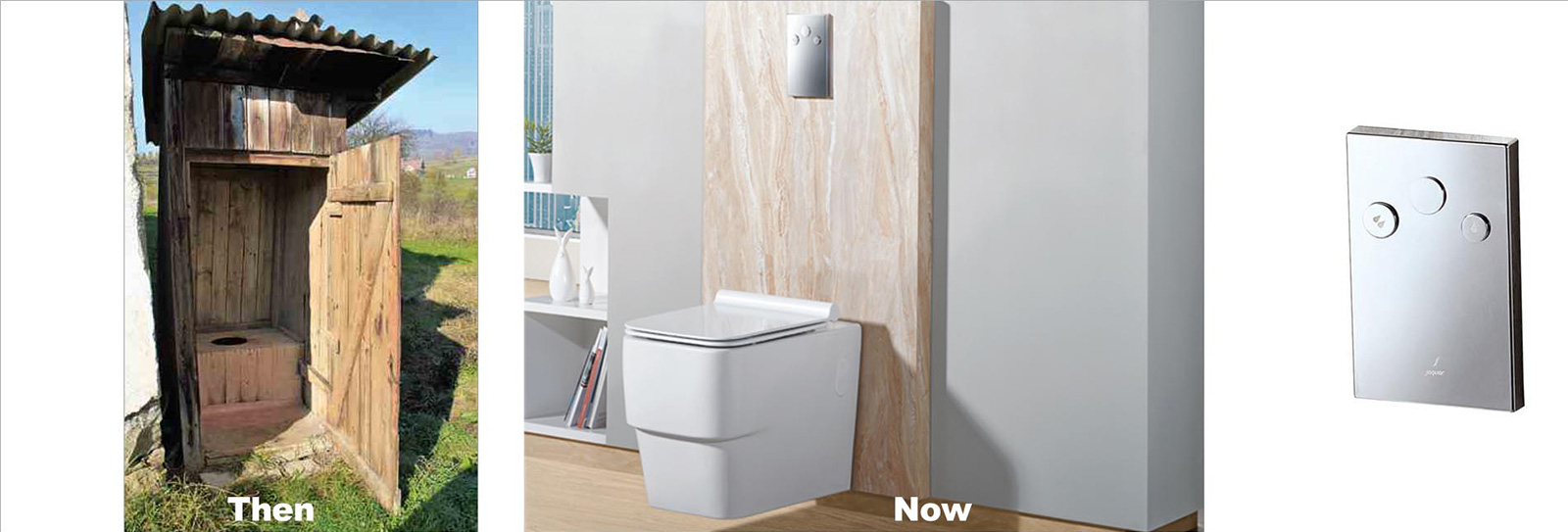How tech innovations have evolved the ubiquitous toilet over the last 500 years
Although archaeological excavations revealed ancient flush toilet systems in almost every house in the Indus Valley Civilization 4000 years ago, it was poet and godson of Queen Elizabeth I, Sir John Harrington, who is today remembered not for his poetry but for inventing something much more ‘down to earth’ – the first flush toilet with a tank sometime during 1584-1591. This device followed the same basic principles of the modern flush toilet in that there was a tank of water used to flush waste out of the bowl and through the drain lines. He had presented one to Queen Elizabeth I.
literature review, study overview, results
This flush toilet was improved with an all-important S-bend to trap sewage smells and gases from coming into the loo by the Scottish watchmaker and inventor Alexander Cummings in 1775. But it was only when homes were fitted with running water and effective drainage from the second half of the 19th Century that the modern private bathroom evolved.
Bathroom technology really arrived in the 20th century with flushable valves, water tanks resting on the bowl itself and toilet paper rolls. There was actually not much technological development since the throne of Sir John Harrington in the last 500 years except for an important one in the recent times, which got rid of tank or the cistern altogether. For that we need to know the importance of the tank in a flush toilet.

How flush toilets work?
Have you ever wondered why there is a tank of water attached to some toilets? Sinks and bathtubs don’t have one, so why does the toilet need a tank? The reason is that most flush toilets operate using a siphon, which is a tube at the bottom of the bowl fixture. Water coming into the toilet must do so fast enough to fill the siphon tube, allowing the water and the waste in the bowl to be sucked through and pulled down the drain.
Most residential water supply lines don’t allow water to enter a toilet fast enough to trigger the siphon effect, so the tank provides a solution. When a toilet is flushed, the water held in the tank cascades down with enough force to activate the siphon. Without that 6 -8 litre or so of water pouring into the bowl all at once, the water would simply spill over into the siphon tube and remain more or less level without creating an actual flush.
Flush Toilets with Concealed Tanks
The tank-style toilet underwent various redesigns during 20th century. During this time, water tanks were moved to a perch on the wall several feet above the porcelain throne, fitted above head height, activated by a pull chain. The release of water from such a height made for an extremely powerful and cleansing flush. Then the more modern close-coupled cistern and bowl combinations fixed directly to the bowl, activated by a lever, were introduced. In order to give the bathroom a modern look, WC manufacturers came up with the idea of concealed tanks, where the cistern can be installed in a wall. These cisterns were slim and tried to use space as judiciously as possible, as bathrooms grew smaller in size and building grew taller in cities.
Cisternless Flush Toilets
As the name suggests, a cisternless or tankless toilet is any toilet that does not rely on a tank of water to clear its bowl. Instead, tankless toilets receive water directly from a supply line at a high enough pressure that a single flush can carry human waste through the drainage system. Tankless toilets are steadily growing in popularity and could one day surpass the tank toilet as commode à la mode.
Intelligent Flushing Mechanism:
These tankless toilets are powered using only the force of water entering from the supply line. The challenge has been to make them work in buildings where water pressure was low. To tackle this problem, WC manufacturers like Jaquar came up with the intelligent flushing mechanism that installs directly in the normal pipeline.
The Revolutionary Design, Evolutionary Function of the iFlush:
The Jaquar iFlush installs directly in the normal 20mm and 32mm pipelines. It has a concealed flushing mechanism with multiple aesthetic and design advantages. It also provides a more appropriate mechanism of flushing, using available water pressure to create better siphoning at the trap and superior clearing of water. It works even at a pressure as low as 1.5 Bar. It installs in a 4” single brick wall doing away the need to construct a separate ledge wall. It saves space, water, time and money.
The iFlush makes repeated flushing possible, unlike concealed cisterns which take time to fill up after flushing. There is no need to wait if waste is not cleared in one flush. The iFlush is less noisy too compared to cisterns. Its in-built control/regulator valve allows just the right volume of water for a quick and efficient cleaning of the bowl. The iFlush has great aesthetic appeal too. Its slim wall plate imparts a clean look to the bathroom. Plus, it’s easy to maintain: the control stopcock can be shut with the help of a control key provided on the plate. The cartridge can be accessed by simply removing the front actuation plate hence easy accessibility for maintenance.
So if you are tired of the looks of your old water closet that takes too much bathroom space, makes noisy flushes, and takes too much time to fill, it’s time you go for the ultimate in flush toilet technology – the aesthetic iFlush. The ubiquitous toilet has undergone a quiet evolution. Get it in your bathroom. What are you waiting for?
To view Jaquar iFlush toilets
This article is the second in the series of articles published under ‘Home Tech Innovations’ with the hashtag #SmartToilet


